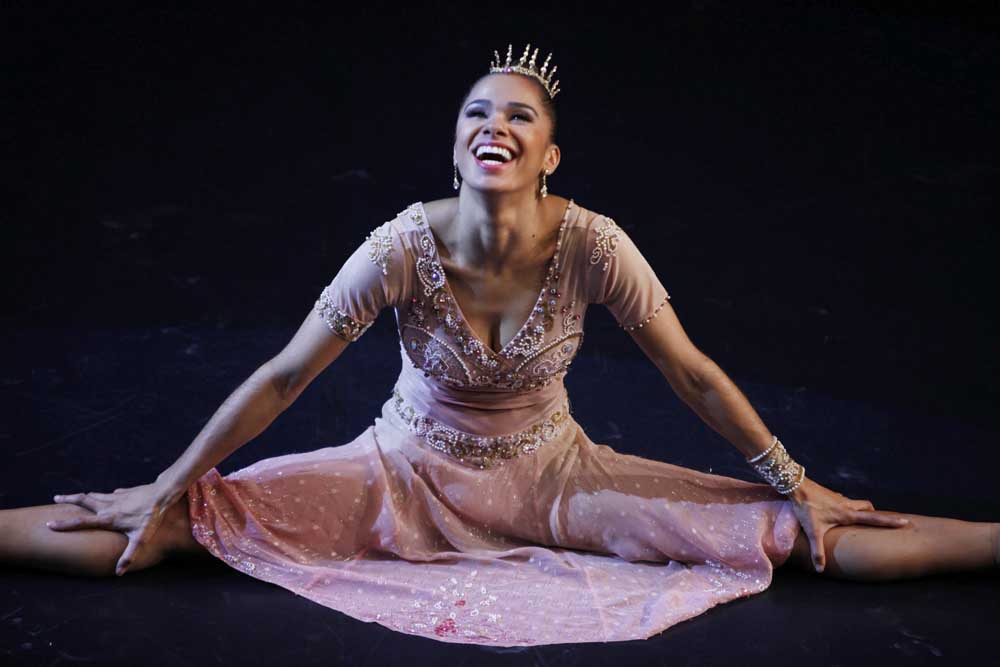A Ballerina’s Tale
Published 12:00 am Friday, November 13, 2015

- New York Times News ServiceMisty Copeland is the subject of the documentary “A Ballerinaís Tale.”
As viewers of “60 Minutes,” “The Late Show With Stephen Colbert” and “The View” know, as well as anyone paying attention to the cover of Time magazine, ballerina Misty Copeland is a star. Her up-from-poverty story of grit and persistence was inspiring people even before this June, when, at 32, she became the first African-American woman ever promoted to the rank of principal dancer in the 75-year history of American Ballet Theater.
In other words, Nelson George, the director of “A Ballerina’s Tale,” a feature documentary about Copeland, has a compelling subject. That’s especially true because he began filming her during a period of crisis: not long after her 2012 performance as a second-cast lead in a new version of the canonical ballet “The Firebird.” At the same time that her achievement in that role was leading to calls for her promotion, an injury was prompting predictions that she might never dance again.
The film’s most dramatic moments are glimpses of pain and uncertainty: the fear in Copeland’s eyes when, having sustained another injury during her struggle to recover, she is handled roughly by a physical therapist. But, as she explains, ballerinas train themselves to hide their pain, and throughout “A Ballerina’s Tale,” there are very few cracks in Copeland’s mask.
The film, too, seems determined to keep its composure. George chooses to avoid the more heart-wrenching aspects of Copeland’s tough upbringing, and his presentation of her remarkable comeback is remarkably low on suspense. The history-making promotion — which, despite the inflated claims advanced by some interview subjects about the importance of Ballet Theater, really was a very big deal — is announced in sober, anticlimactic text: “Dreams do come true.”
Sporadic footage of Copeland dancing, including snatches of her debut in “Swan Lake” in Australia, exudes a similar careful poise. Even in film of her as a child, her talent and drive are evident, but nothing George shows makes a strong case for whatever might distinguish her as an artist. Instead, she comes across as a friendly, humble woman who has taken on a historic role larger than herself and is determined not to disappoint.
Despite a sweet scene between Copeland and Raven Wilkinson, a black ballerina who performed in the 1950s, the film isn’t particularly illuminating about race and ballet. And despite glimpses of the young fans who mob Copeland at stage doors, the part of her story that “A Ballerina’s Tale” reveals best is the role of a group of successful older black women who took her under their wings and helped her feel less alone. This ballerina’s tale is also theirs.
— Brian Seibert is a film critic for New York Times News Service.






